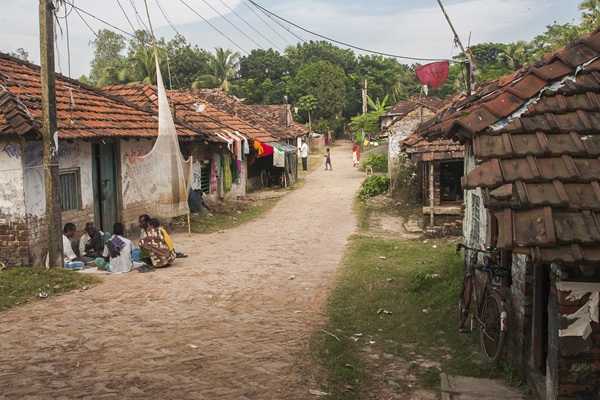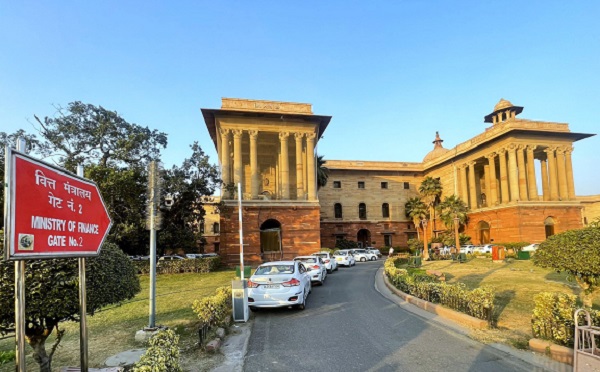.png)

Rajesh is an Assistant Professor IMS, Ghaziabad. His interests include monetary policy, financial markets, and macroeconomic frameworks. He writes with a monetarist’s lens.
July 23, 2025 at 7:50 AM IST
India’s success in taming inflation in 2025 has been widely celebrated. With headline CPI inflation falling to 2.10% in June, the lowest since January 2019, and food prices entering deflation, the macroeconomic narrative points to stability. Vegetable prices registered a steep year-on-year decline of 19.00%, pulses fell by 11.76%, and the food and beverages index declined 0.20%. In a country where food accounts for a major share of household expenditure, especially among the poor, such disinflation should, in theory, improve food access and nutritional intake.
Yet, findings from the Household Consumption Expenditure Survey (2023–24) tell a different story. Despite falling prices and increasing dietary variety, average daily calorie intake remains stagnant at 2,212 kilo calories in rural and 2,240 kilo calories in urban areas. The poorest 5% of rural households consume only 1,688 kilo calories, far below the minimum norm of 2,100–2,200 kilo calories. Protein and fat intake has also seen no significant gains. This disconnect between prices and consumption reveals a silent nutritional paradox beneath India’s disinflationary achievement.
Dietary Shift
Conventional economics predicts a direct link between falling food prices and rising calorie consumption, especially in low-income households. The Engel curve, which explains that the share of income spent on food declines as income rises, also implies that lower prices free up resources for more food. Yet, India’s calorie stagnation defies this logic. Though gains in controlling inflation are real, they are not translating into increased calorie intake. This undermines both classical demand theory and contemporary welfare policy.
One explanation lies in shifting dietary patterns. Over the past decade, Indian diets have moved away from cereals, traditionally the primary source of calories, toward higher-value, lower-energy foods. The share of calories from cereals has dropped from 60.2% in 2009-10 to 45.9% in 2023-24 in rural diets. This reflects typical income-driven diversification and improved nutritional quality. However, in energy terms, this shift may be resulting in insufficient calorie coverage, especially for the poor. While milk, eggs, and processed foods enrich diet quality, they lack the caloric density of cereals. The result is a quality-over-quantity trade-off that works well for the middle class, but not for calorie-deficient populations.
Further complicating the picture is non-food inflation. In June 2025, personal care products saw inflation of 14.76%. This pressure, even amid low headline inflation, suggest that the savings from cheaper food are being diverted to other expenses. For poor households with tight budgets, lower food prices may allow them to meet unmet expenses, not increase food consumption. Disinflation, then, may be fiscally neutral but nutritionally ineffective.
Hidden Hunger
This points to a more insidious issue: the inability to translate inflation control into welfare gains. Price stability, though a core macroeconomic goal, is not a direct proxy for household well-being. Caloric adequacy is shaped by behavioural, institutional and intra-household dynamics, not just food price trends. Whether viewed through an economic or nutritional lens, inflation policy cannot ignore this welfare dimension.
India’s food policy has long focused on production and availability, using tools like public procurement and buffer stocks. In recent years, it has shifted toward affordability, primarily through subsidies. Yet, despite lower prices, calorie intake remains inadequate, suggesting that access must be redefined not just economically, but functionally. The major limitation is no longer availability. The challenge is ensuring absorption—that affordable food actually translates into sufficient consumption, especially at the bottom of the pyramid.
To address this vacuum, policymakers must treat nutrition as both a health and economic concern. Productivity, learning outcomes and labour efficiency all depend on adequate calorie intake. Incorporating nutrition-sensitive metrics into inflation monitoring is a start. A bottom-quintile real-time calorie-price index has the potential to uncover pressures concealed by average inflation rates.
Moreover, welfare interventions must shift from a price-linked support to demand-driven nutritional guarantees. Conditional cash transfers to increase calorie intake, audits of school meal energy content, and improved household-level tracking via digital ration cards are viable options. Price stability to be meaningful, must also aim to reduce hidden hunger.
India’s disinflation is real, but so is the fact that millions remain undernourished in an economy with falling food prices and surplus stocks. The troubling gap between food affordability and actual intake is not merely a relay failure, it reflects a deeper design flaw in policy. An economy stable in prices is not necessarily a nourished one. Unless this disconnect is addressed, India’s macroeconomic progress will remain nutritionally hollow.
*Views are personal




